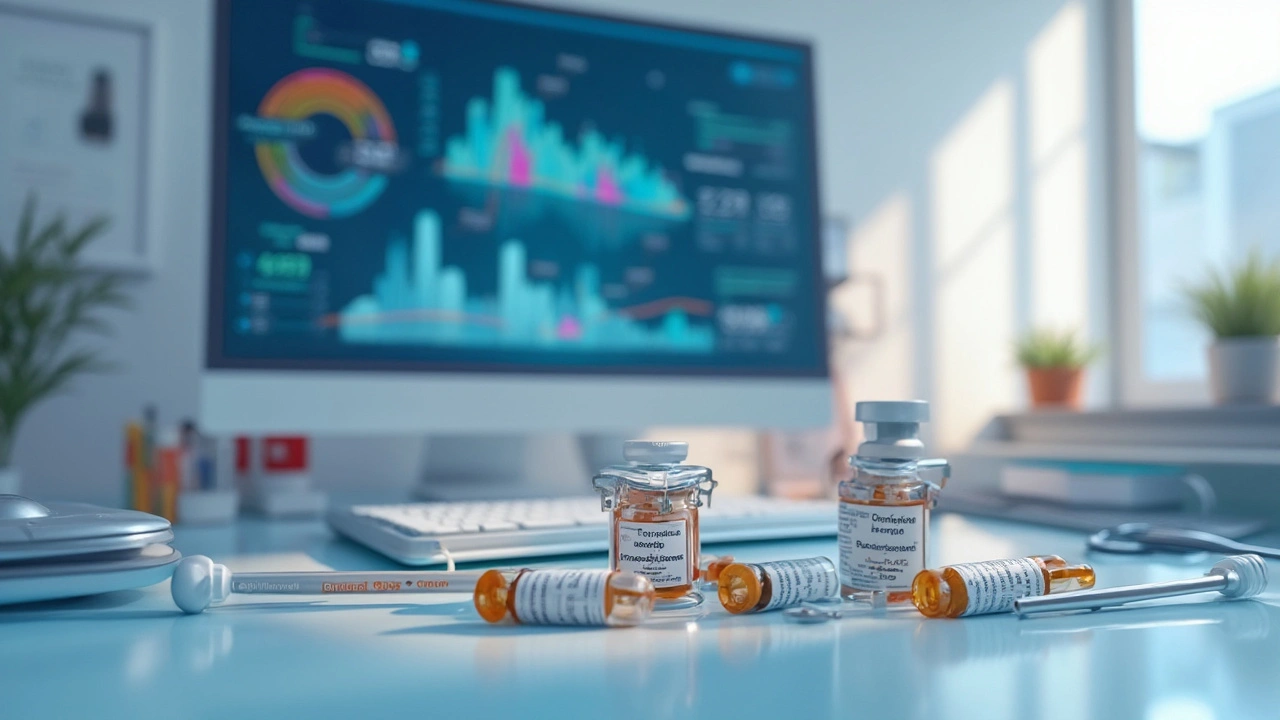Prednisone works fast but can cause weight gain, high blood sugar, mood swings, bone loss and more when used long-term. If you worry about those side effects or need repeated courses, there are realistic alternatives depending on your condition. Below I’ll explain the main options, how they differ from prednisone, and what to ask your doctor next.
If inflammation is the issue, non-steroidal anti-inflammatory drugs (NSAIDs) like ibuprofen or naproxen can help pain and mild inflammation without steroid risks. They’re not a match for severe autoimmune flares, though. For allergy and asthma control, inhaled corticosteroids, antihistamines, and leukotriene blockers (like montelukast) target the problem with lower systemic exposure than oral prednisone.
For many autoimmune diseases (like rheumatoid arthritis, lupus, inflammatory bowel disease), doctors often use steroid-sparing agents: methotrexate, azathioprine, mycophenolate, hydroxychloroquine or sulfasalazine. These take weeks to months to work but reduce or eliminate the need for ongoing prednisone. Biologic drugs — such as TNF inhibitors (adalimumab, infliximab), IL blockers, rituximab or newer targeted therapies — can be game-changers for patients who don’t respond to conventional meds. They’re expensive and need monitoring, but they often control disease without chronic steroids.
Physical therapy, targeted exercise, weight loss and joint-protecting strategies reduce inflammation and pain for musculoskeletal problems. Local treatments — steroid injections into a joint or tendon sheath — give powerful relief with minimal whole-body effects. For some tendon and joint issues, platelet-rich plasma (PRP) or hyaluronic acid injections are alternatives worth discussing.
Short steroid bursts are sometimes unavoidable. But ask if lower doses, faster tapering, or single joint injections can replace long courses of oral prednisone. Also ask about combining a fast-acting steroid burst with a slower-acting steroid-sparing drug so you can stop prednisone sooner.
Practical tips: tell your doctor about diabetes, mood issues, infections, or bone problems—these change which alternatives are safest. Ask about monitoring plans (blood tests, vaccinations, bone density scans) if you switch to immunosuppressants or biologics. Make sure you understand side effects, time to benefit, and cost or insurance coverage for newer therapies.
Want a short checklist to take to your appointment? 1) Why do I need prednisone now? 2) Can we try a steroid-sparing drug or injection instead? 3) What are the risks and monitoring needs for the alternative? 4) How soon will it work? 5) What steps reduce steroid harm now (calcium, vitamin D, blood sugar checks)?
Talking openly with your clinician about these options usually leads to a plan that treats your condition while cutting steroid exposure. If you want, I can draft questions to bring to your next visit based on your diagnosis.

Prelone, a commonly prescribed corticosteroid, has various alternatives that may offer distinct advantages for specific health needs. Each alternative offers unique benefits and certain limitations, which may influence their suitability for different patients. By exploring alternatives like Dexamethasone, Prednisone, and Methylprednisolone, among others, individuals can find options that align better with their treatment goals and side effect tolerance. Together, these medications provide a diverse toolkit for healthcare providers working to optimize individualized patient care. Understanding these options allows patients to choose the best fit for their medical requirements.
CONTINUE READING